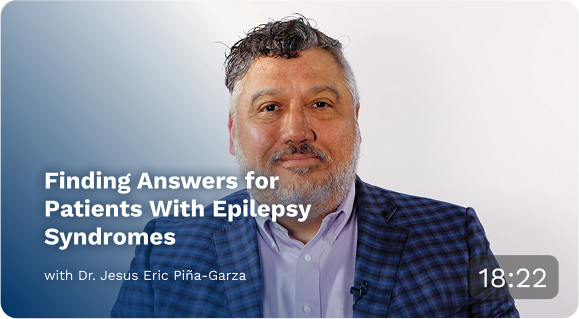Diagnosing patients living with Dravet syndrome can be challenging1
Patients living with Dravet syndrome may reach adulthood without a specific diagnosis. At any age, an appropriate diagnosis can lead to more targeted care1
A specific diagnosis can help
when setting expectations and planning for future care with patients and caregivers.1
Treatment plans can be personalized
to a patient’s particular conditions.1
Access to treatment can be improved
with a specific diagnosis of a patient's condition.1

Markella, at age 10
EPIDIOLEX patient living with Dravet syndrome
Diagnosing patients with Dravet syndrome can be challenging, and patients with Dravet syndrome often go undiagnosed or can be misdiagnosed
Early presentation can be missed
as most affected individuals present as normally developing infants with febrile seizures.1,2
Normal MRI and nonspecific EEG findings are typical
in individuals living with Dravet syndrome, at onset.1
Childhood history is not always available,
which can further confound diagnosis.1
Genetic testing is a key diagnostic measure, but neither the presence nor the absence of a sodium channel gene mutation is sufficient for diagnosis. Therefore, a diagnosis should always be guided by clinical features.1,3
LEARN MORE
Signs and symptoms may vary over time, confounding diagnosis
Identifying Dravet syndrome across age groups
|
YOUNG CHILDREN (seizures develop: ≤1 year1,2) |
ADOLESCENTS AND ADULTS |
|
SEIZURE TRIGGERS |
|
|
SEIZURE TYPES |
|
|
DEVELOPMENT & BEHAVIORAL DISORDERS |
|
|
MOTOR SYMPTOMS |
|
|
Not all patients display all symptoms—even some of these characteristics can suggest Dravet syndrome.2,3
The information provided is not intended to supersede independent clinical judgment or institutional protocols.
Additional resources

Dravet syndrome data
EPIDIOLEX significantly reduced convulsive seizures in patients living with Dravet syndrome.
See the data

Finding Answers for Patients With Epilepsy Syndromes
Dr. Piña-Garza explains the signs and symptoms related to tuberous sclerosis complex (TSC), Lennox-Gastaut syndrome (LGS), and Dravet syndrome.
Watch now

Why EPIDIOLEX?
EPIDIOLEX has been studied across a range of patient types and concomitant antiseizure therapies.
See the data





